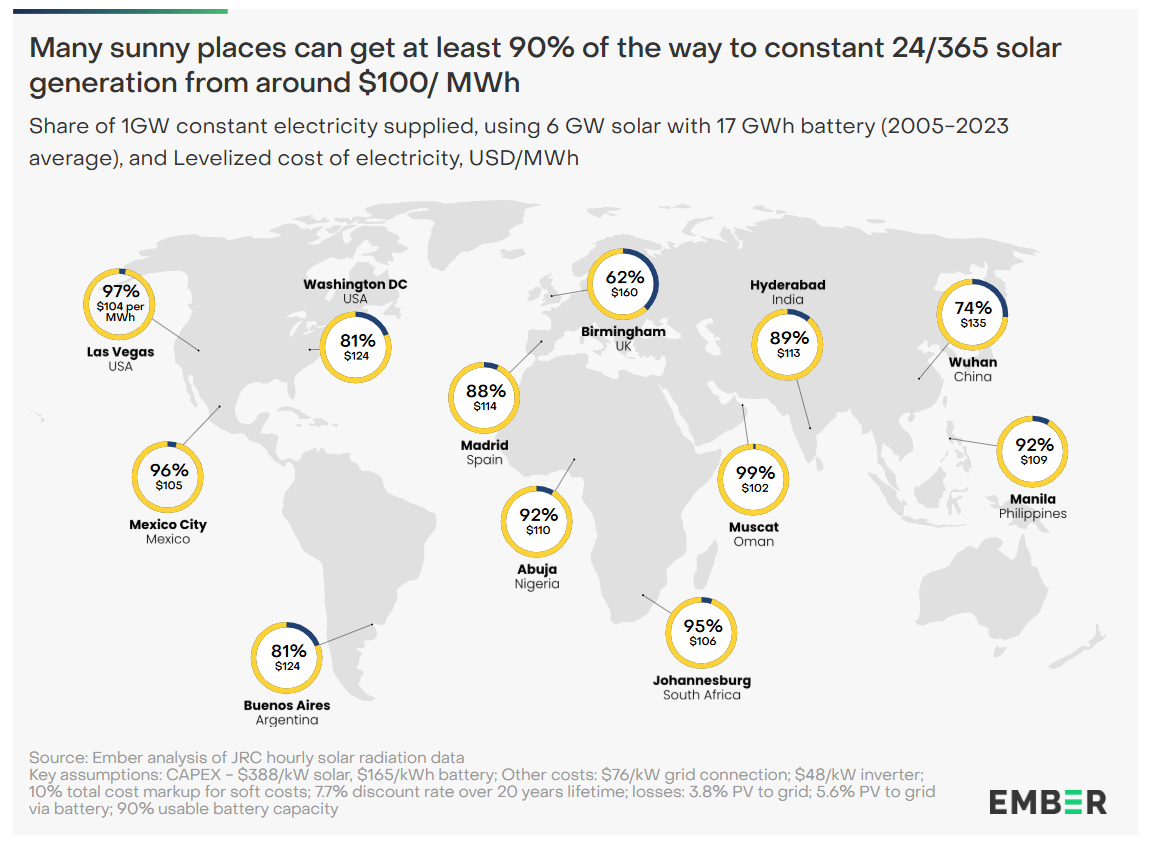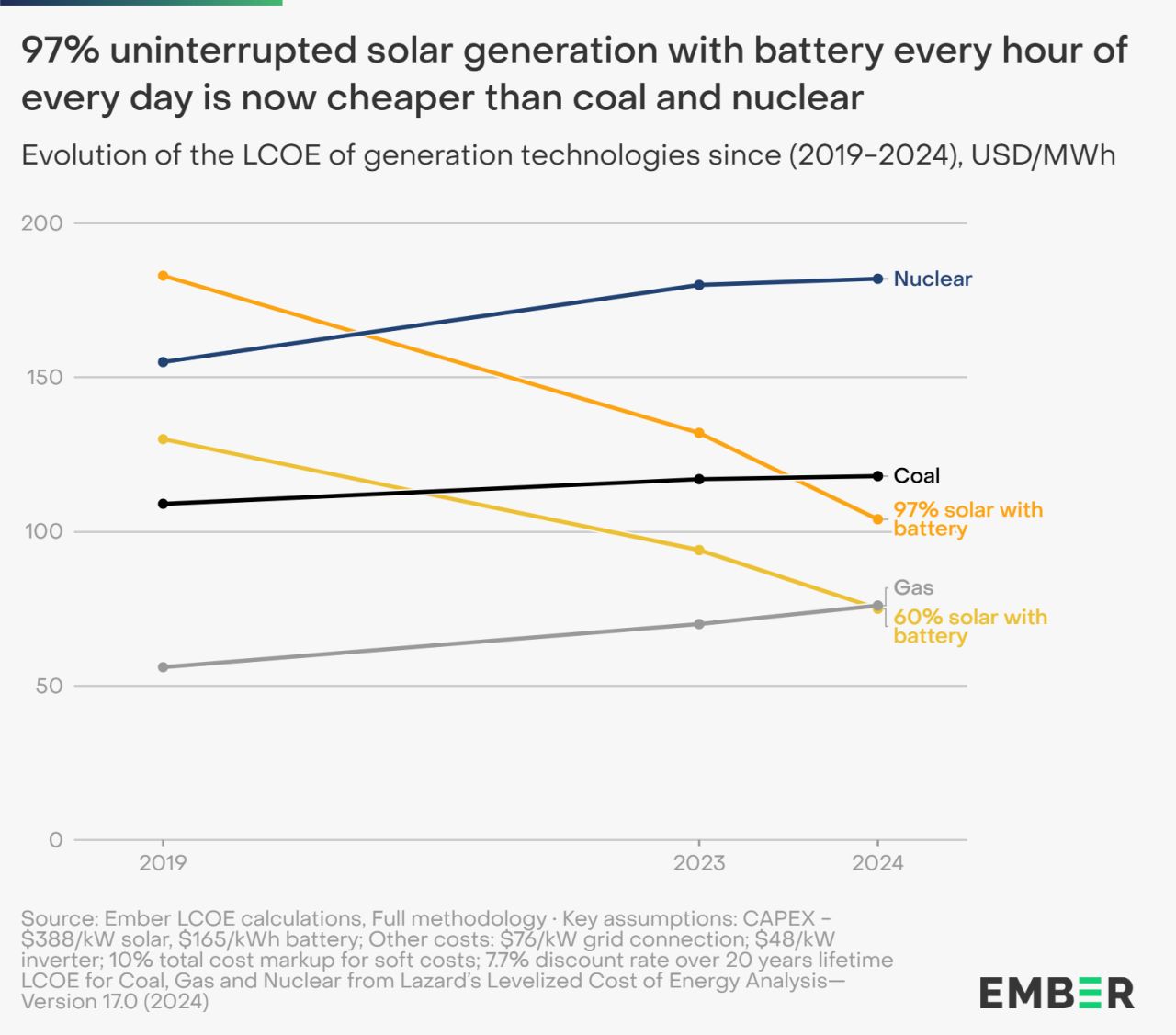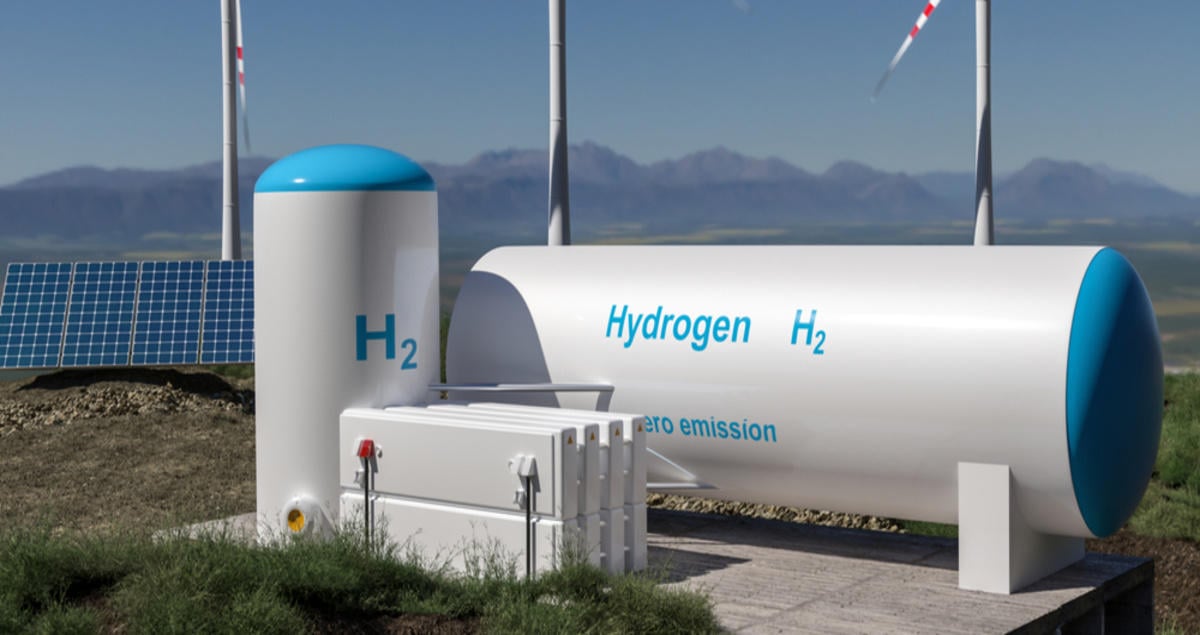Solar electricity is now highly affordable and with recent cost and technical improvements in batteries — 24-hour generation is within reach. Smooth, round-the-clock output every hour of every day will unleash solar’s true potential, enabling deeper penetration beyond the sunny hours and helping overcome grid bottlenecks.
On June 21st — the Northern Hemisphere summer solstice — the “midnight sun” circles the sky continuously, providing 24 hours of daylight and theoretically, 24 hours of solar electricity generation. Thanks to advances in battery storage, this phenomenon is no longer limited to the Arctic.
Rapid advances in battery technology, especially in cost, have made near-continuous solar power, available every hour of every day of the year, an economic and technological reality in sunny regions.
Industries like data centres and factories need uninterrupted power to function. At the same time, the rising push for hourly-matched carbon-free energy goals — pursued largely through corporate Purchase Power Agreements (PPAs) — is increasing the demand for clean electricity every hour of the day. While solar is now extremely affordable and widely available, its real value will only be realised when it can deliver power consistently to meet the demands of a growing economy, even when the sun isn’t shining.
24-hour solar generation enables this by combining solar panels with sufficient storage to deliver a stable, clean power supply, even in areas without grid access or where the grid is congested or unreliable. While this may not solve every challenge at the grid level, since not all places are as sunny and the electricity demand varies hourly and seasonally, it provides a pathway for solar to become the backbone of a clean power system in sunny regions and to play a much bigger role in less sunny regions.
This report explores how close we are to achieving constant, 24-hour solar electricity across 365 days in different cities around the world, and what it would cost to get there.










